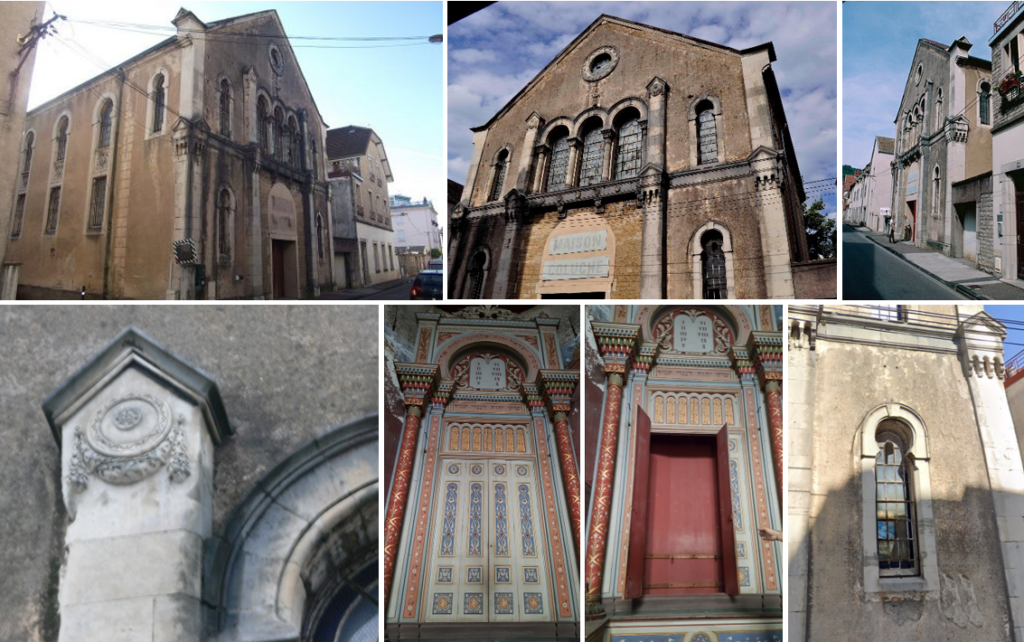
Terumah (תרומה – contribution) Exodus from 25, 1 to 27, 19
Gd is asking the children of Israel to help build a sanctuary to dwell among them.
The Rema Synagogue (or Remuh), in the Jewish district of Kazimierz1, is Krakow’s only functioning synagogue. It was founded in 1557 by the banker to the King of Poland for his son Mojżesz ben Israel Isserles, known as The Rema2. The inscription above the gate on Szeroka Street announces this to the visitor:
בית הכנסת חדש רמא זצל
New Synagogue of Rema, of Blessed Memory
In 1988, during restoration works, polychromes were discovered. In the prayer room, a chair near the eastern wall is, according to tradition, that of the Rema. The holy ark, a work of the late Renaissance, is framed by pillars and overlooked by the Tables of the Law. The alms trunk at the entrance to the prayer hall bears the inscription “gold, silver, copper”.
Exodus 25, 3
וְזֹאת הַתְּרוּמָה אֲשֶׁר אֲשֶׁרוּ מֵאִתָּם זָהָב וָכֶסֶף וּנְחֹשֶׁת
and here is the ‘ offering you will receive from them:
gold, silver and copper.
The walls of the courtyard bear inscriptions in memory of the Jews of Krakow who perished in the Holocaust. In 1945, the synagogue once again became a place of prayer.
1 The movie Schindler’s Listwas filmed in 1993 in this neighborhood .
2 Rem”a (רמ״א) is the acronym of Rabbi Moses Isserles (1520-1572), author of religious, philosophical, scientific and mystical works. His Talmudic code of jurisprudence, titled Mappa (the Tablecloth), is still authoritative today.













